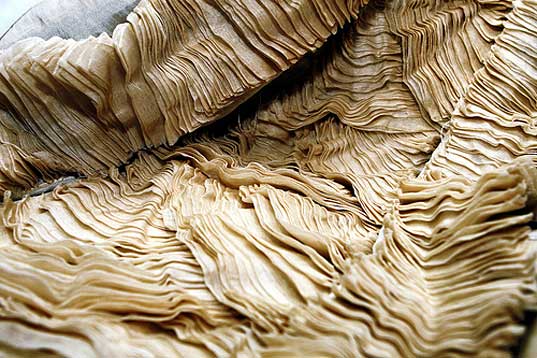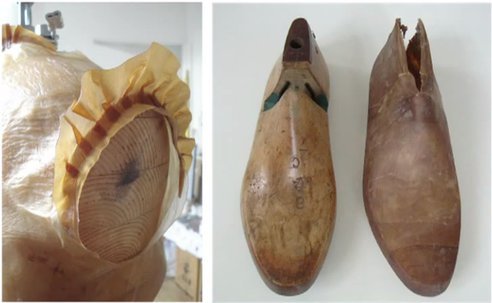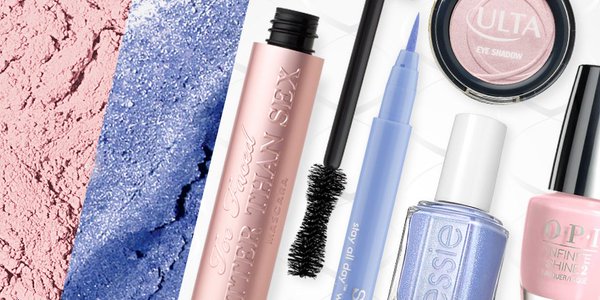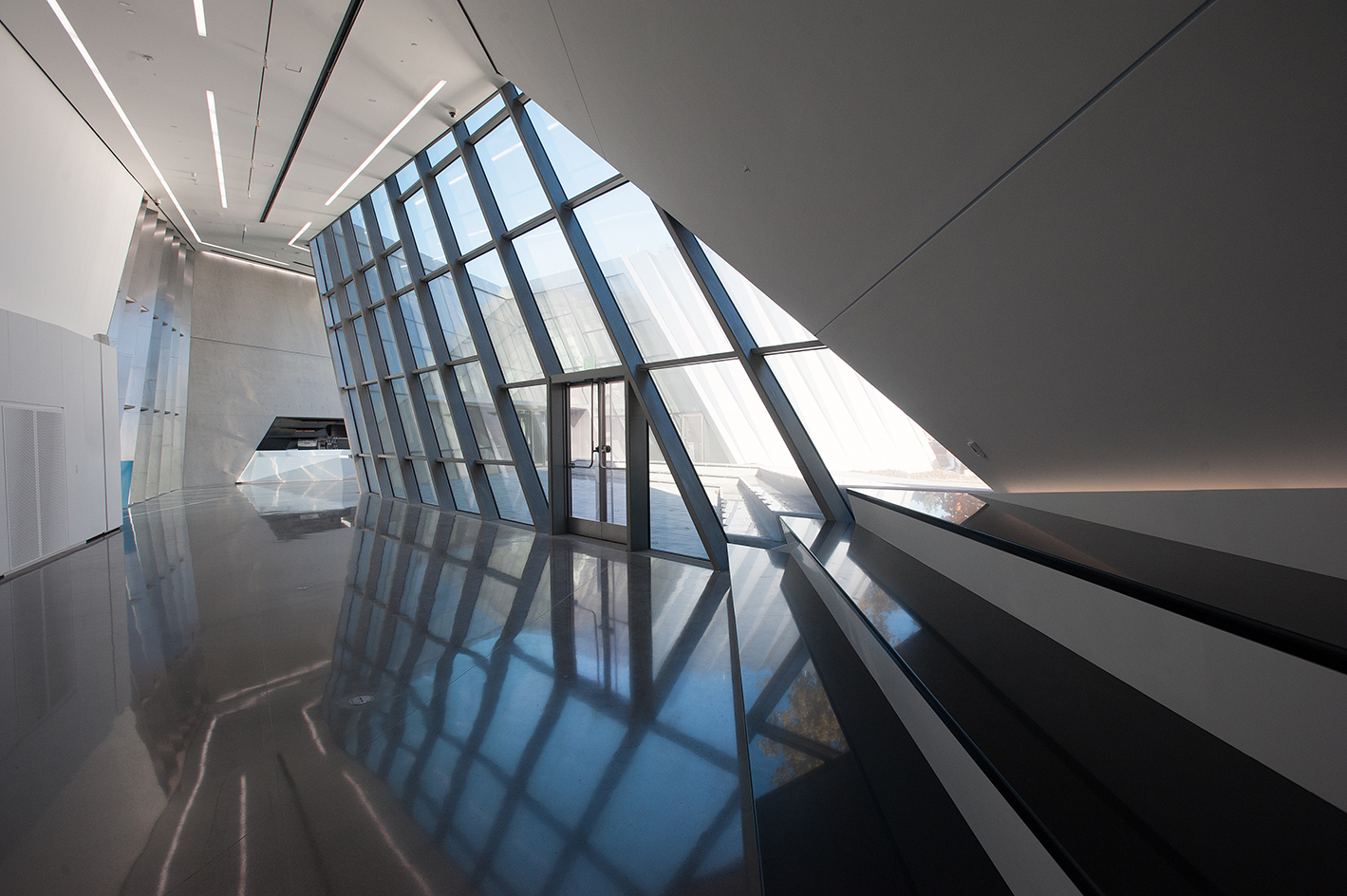For our Design History Final, we forecasted designs in areas of: architecture, interior design, product design, graphic design, and costume/fashion design. I approached my research by accessing FIDM's trend database to pick out the trends I think will be long lasting.
Trend is an important factor when it comes to consumer design. Therefore, trends forecast reflect on social commentary and current events to achieve the goal of creating high market value products. The most authoritative trend consultant for fashion and creative industry is WGSN.
For example, when Nike comes up with a selection of color for a shoe line, the color is not a random choice. It is selected through series of expensive data analysis and consumer research. Not only is this process frequent when it comes to consumer products or fashion, it is prevalent in film genres, tv shows and advertising.
In short, if you want to make money in a creative field, you must listen to what your consumers/audience want.
Of course, creative freedom is very important for any artist. But personally, I want to design with purpose and create things that speak volumes and reach everyone. Therefore, I am pro-data.
Here are my choices:
ATMOSPHERIC FORM
Organic forces and elements provided by mother nature inspire this earthy trend. Energetic winds and volcanic clouds suggest volume and depth with elemental influences adding textures from porous surfaces to lustrous finishes.
Here are some key words I found to better visualize this design style: smoky textures / escapism / transparent fibres / enchanted textures / ethereal glow / lightness / shadows & overlays / pale minerals / soft focus / crystal forms / naturally porous
I prefer this over sci fi and tech designs. I see this most prevalent in the area of graphic design and editorial photography. But let's talk about the animation world here, because this relates to the analog vs digital conversation, in terms of aesthetics and design usage. With CG and 3D modeling thriving, I think the best designers know how to integrate modern technology with traditional medium. There will always be a conflict between traditional 2D/stop motion versus 3D animation. Hand drawn and hand crafted have a special quality to them but large studios will always prefer 3D and digital because it's faster, cheaper and bigger.
But if you can use 3D as a tool and not see it as a genre, then you can pursue any medium or style that you want.
Examples of this are: how Disney used 3D modelling to create a hand drawn short "Paperman" or how Laika studio uses rapid 3D prototyping to create seamless stop motion animation at a large scale.
Images above are from Jim Hodges and Matt Wisniewski.
SUSTAINABLE DESIGN
The products above are eco-friendly products made from re-purposed materials.
From left to right: Kyoto State Cold Brew Tower, Coffeega Cold Drip, banana peel fabric, pineapple skin fabric, coffee fabric and shoe skin, colored salmon skin fabric.
"Eco-friendly designs is a growing design philosophy and trend of sustainability, the goal of which is to create a system which can be supported indefinitely in terms of human impact on the environment and social responsibility. The product is created and produced with consideration to the environment and social impact it may have throughout its total life span, including its carbon footprint." -Wikipedia
I believe as technology advances and more people are becoming aware of affordable green lifestyle, this trend will be and ongoing one.
ROSE QUARTZ & SERENITY BLUE
Over the years, gender equality is being achieved over all sectors of society. I think that this color combination challenges the traditional perceptions of color association:blue is for boys and pink is for girls. It's important to note that this is Pantone's first time choosing two colors as their color of the year. This selection is a social commentary and drives conversations of issues about support for the LGBT community, toy sections at Target or transgender bathroom laws, etc.
Dreamy, milky and soft, pastels aren't just for nursery rooms anymore. They have grown to become sophisticated over the years. It has made it's way into advertisement for banking, interior design, product design, cosmetics, and tech, etc. As people seek mindfulness and well-being as an antidote to modern day stresses, welcoming colors that psychologically fulfill our yearning for reassurance and security are becoming more prominent.
"In many parts of the world, we are experiencing a gender blur as it relates to fashion, which has in turn impacted color trends throughout all other areas of designs (product, graphic, interior, etc.) This more unilateral approach to color is coinciding with societal movements toward gender equality and fluidity, the consumer's increased comfort with using color as a form of expression, a generation that has less been concern about being typecast or judge and an open exchange of digital information that has opened our eyes to different approaches to color usage." - Leatrice Wiseman Executive Director, Pantone Color Institute
Color trends, in general, have a large scale of impact on all creative industries.
3D PRINTING
3D printing in design is not new. It became popular in high end fashion and consumer design two years ago but now architecture is finally following up with it. We will see more of this architecture in the following years, ones with elaborate and explosive details.
If we take a look at the costumes nominated for the Academy Awards in the recent years, they all encapsulate handmade qualities, from hand painted fabric and hand sewn embroidery. Not just costumes, but everyday objects as well. I think 3D printing will not become a desired majority when it comes to consumer design.
The architectures in the images above are: The Broad Museum, Los Angeles and the Michigan State University Museum.


























